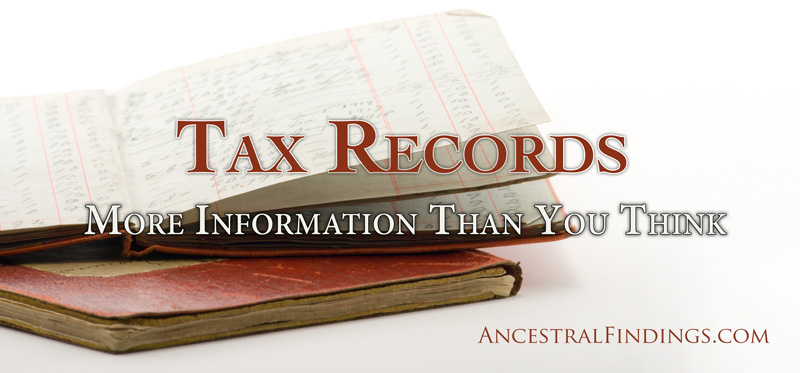One of the most frustrating things in genealogy is when the document trail seems to run dry. You’ve looked at everything you think you can possibly find on an ancestor, and it is still not enough to connect them to the generation before them or reveal who their parents were. You are stuck, with seemingly no way to take that line of your family tree back any farther into the past. You may be tempted to give up on that line as untraceable, but don’t do it. You’re probably reluctant to write it off, anyway. Genealogists, by nature, hate an unsolved mystery.
The good news is that you still have an excellent chance of solving that mystery. You just have to think outside the box regarding where you look for information. Here are some sources you may not have considered that can yield the answers you seek.
Local Repositories:
Sometimes, the documents you need are not online and not in the obvious places in the real world. That doesn’t mean they don’t exist. You may have to make a road trip to the place or places where your brick wall ancestor lived. A search of the county and town courthouses there, as well as the town hall, the local historical society, the local archives (if there are any), and the public library can all yield documents pertaining to your ancestor that you wouldn’t find anywhere else. They are often filed away in dusty bins, cabinets, boxes, and books, and sometimes haven’t been looked at in a hundred years of more. You can be the first one in your line to discover this information since it was lost so long ago, and use it to break through your brick wall.
Federal Land Records:
Back in the late 1800s and early 1900s, the federal government opened up a lot of government land to homesteading. People could get land for free if they staked a claim with their local land office, lived on and improved the land for five years, and got people who knew them to attest to it in writing. The Federal Bureau of Land Management has a database on their website of the names of everyone who applied for homestead land. Look for your ancestor’s name in it. If you find their name, order the application file. It will cost a few dollars for copies, and some files are thicker than others, but the information you may find in the file can be invaluable in tracing your mystery ancestor. Pay special attention to any affidavits they or their friends or family filled out regarding their use of the land. They will often include details on how they know each other and for how long. This is perfect for breaking down a genealogical brick wall.
Records on Their Neighbors:
This is an excellent genealogical tactic for climbing over brick walls that too few people use. If you really can’t find anything more on your ancestors by looking them up directly, try looking at the records of their neighbors. People lived in close communication with their neighbors a century or more ago. You will often find mentions of your mystery ancestor in the old letters, photos, newspaper articles, land records, wills, military records, and more of that ancestor’s neighbors. To get the names of the neighbors, simply do a census search and dig deeper into the lives of the people who lived on the same street or neighborhood as your ancestor. You’ll be surprised at what you may find.
Don’t despair of discovering more on your mystery ancestor just because the document trail on them seems to have dried up. It may not be dry at all, just hiding. Be willing to dig more deeply in your search, be creative, and pursue alternative avenues, and you may be very well rewarded with your long sought genealogical information.






